Wi-Fi 8 Is Coming: Your Ultimate Guide to Wi-Fi 8 vs. 5G vs. Wi-Fi 7
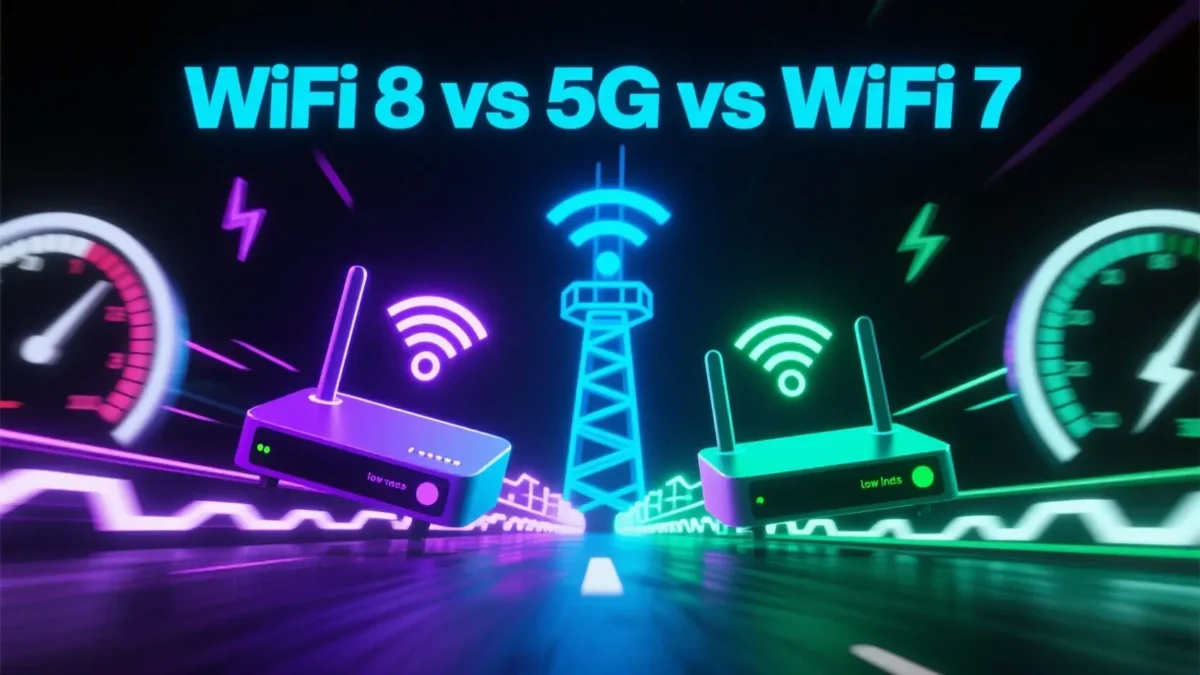
Are you tired of that dreaded buffering wheel spinning in the middle of a 4K movie? Frustrated by video call glitches and lag spikes during intense online games—even though you pay for “fast internet”? You’re not alone. As our lives become more connected, the demands on our wireless networks are exploding.
Enter Wi-Fi 8, officially known as 802.11bn. This is the next generation of wireless technology, engineered not just for more speed, but for a smarter, more stable, and incredibly responsive connected experience.
But with Wi-Fi 7 devices just hitting the market and 5G becoming more widespread, is it worth the hype? Understanding the differences between Wi-Fi 8, Wi-Fi 7, and 5G is crucial, especially before you invest in a new router, smartphone, or laptop. This guide breaks down exactly what you need to know to make the best choice for your home and work.
JUMP LIST
- Wi-Fi 8 vs 5G: Which One Is Better for You?
- Wi-Fi 8 vs Wi-Fi 7: Is the Upgrade Worth It?
- Upgrade Today: Our Top-Rated Wi-Fi 7 Router for 2025
- Expert Insights: What the Tech Community Is Saying
- Real-Life Use Cases: Where Wi-Fi 8 Will Matter Most
- Preparing for the Shift: What You Can Do Now
- Conclusion: The Wireless Revolution Is Just Getting Started
- Frequently Asked Questions About Wi-Fi 8
Wi-Fi 8 vs 5G: Which One Is Better for You?
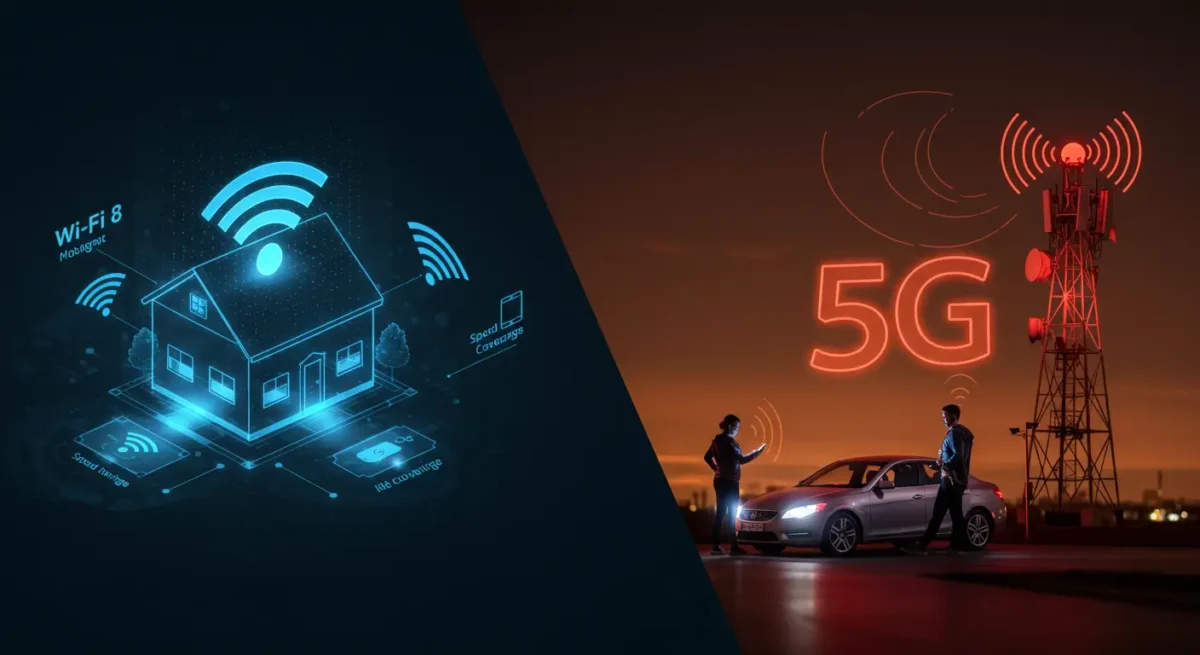
The first major point of confusion for many is the difference between Wi-Fi and cellular technology like 5G. They aren’t competitors; they’re complementary technologies designed for different jobs.
What is Wi-Fi 8 and How Does It Work?
Wi-Fi 8 (802.11bn) is the next standard for your local area network (LAN)—the network inside your home or office. It builds upon the foundations of Wi-Fi 7 but with a primary focus on delivering extremely low latency and consistent performance in congested environments.
Key Benefits of Wi-Fi 8:
- Extreme Speeds: While final specs are pending, initial projections aim for theoretical speeds up to 100 Gbps, with more realistic initial targets around 30 Gbps.
- Ultra-Low Latency: This is Wi-Fi 8’s killer feature. It’s being designed for “deterministic networking,” meaning predictable, consistently low delays, potentially under 1 millisecond (<1ms).
- Superior Multi-Device Handling: Using advanced versions of OFDMA and MU-MIMO, Wi-Fi 8 will be able to communicate with dozens of devices simultaneously without a drop in performance.
Backed by the IEEE (Institute of Electrical and Electronics Engineers), the 802.11bn standard will be the foundation for routers, laptops, and smart devices launching in the latter half of this decade.
What is 5G and Where Does It Shine?
5G is the fifth generation of cellular technology. It’s a wide-area network (WAN) delivered by mobile carriers like Verizon, T-Mobile, and AT&T. Its primary advantage is mobility and coverage.
5G is ideal for:
- Mobile Connectivity: Providing internet to your smartphone when you’re on the go.
- Rural and Underserved Areas: Offering a viable alternative to slow or non-existent wired home internet.
- Internet of Things (IoT): Connecting devices like cars, city sensors, and industrial equipment over vast distances.
Side-by-Side Comparison: Wi-Fi 8 vs 5G
| Feature | Wi-Fi 8 (802.11bn) | 5G |
|---|---|---|
| Use Case | Indoor (Home, Office, Venues) | Outdoor & Mobile |
| Range | Short (~30-50 meters) | Wide (Kilometers) |
| Latency | Ultra-low (aiming for <1ms) | Low to Moderate (~10ms) |
| Speed (Theoretical) | Up to 100 Gbps (projected) | Up to 10 Gbps |
| Device Density | Extremely High & Coordinated | High, but less coordinated in a small area |
| Cost Model | One-time hardware purchase | Monthly subscription plan |
Which One Should You Choose?
You don’t have to choose—you’ll use both.
- Use Wi-Fi 8 for the best wireless network for home and work. It will power your laptops, smart TVs, game consoles, and the growing number of smart home devices.
- Use 5G when you leave the house. Your phone will automatically switch from your home Wi-Fi to the 5G network for seamless mobile connectivity.
The future of wireless technology is hybrid, leveraging the strengths of each.
Also read Best WiFi 7 Router for Gaming in 2025
Wi-Fi 8 vs Wi-Fi 7: Is the Upgrade Worth It?

With Wi-Fi 7 (802.11be) routers now available, many are wondering: should I buy one now or wait for Wi-Fi 8?
Speed and Performance
This is where it gets interesting. On paper, Wi-Fi 7’s theoretical maximum speed is a staggering 46 Gbps. Early Wi-Fi 8 projections sit closer to 30 Gbps, though the standard aims for up to 100 Gbps eventually.
So, is Wi-Fi 8 slower? Not in the real world. Wi-Fi 8’s main goal isn’t just a higher peak speed number; it’s about smarter spectrum use and delivering consistent, high speeds even when your network is crowded. Early lab benchmarks show its new coordination features dramatically reduce network slowdowns under load.
Latency and Stability
This is the biggest leap from 802.11be to 802.11bn. Wi-Fi 7 made great strides in lowering latency, but Wi-Fi 8 is designed from the ground up for real-time applications. Its advanced scheduling and interference management will virtually eliminate the random lag spikes that plague even the best current networks. This makes it a game-changer for:
- Cloud Gaming (NVIDIA GeForce NOW, Xbox Cloud Gaming)
- High-Fidelity Virtual and Augmented Reality (VR/AR)
- Professional live streaming and video conferencing
Device and Band Support
Both Wi-Fi 7 and Wi-Fi 8 use the same three frequency bands: 2.4GHz, 5GHz, and 6GHz. The difference lies in how they manage them. Wi-Fi 7 introduced Multi-Link Operation (MLO), allowing a device to connect across multiple bands at once. Wi-Fi 8 will refine MLO and add more sophisticated interference-handling techniques, making connections more robust and efficient.
Should You Wait for Wi-Fi 8?
- If you need to upgrade in 2025: Go for a high-quality Wi-Fi 7 router. It’s a massive improvement over Wi-Fi 6/6E and will serve you well for years. It is the best wireless network you can build today. Check out our guide to the [Best Wi-Fi Routers of 2025](your-internal-link-here).
- If you’re an early adopter or future-proofer: If your current network is sufficient, you may want to wait. The first certified Wi-Fi 8 devices are expected to appear around late 2026 or early 2027. Waiting ensures you get mature hardware that takes full advantage of the new standard.
Upgrade Today: Our Top-Rated Wi-Fi 7 Router for 2025
If you’ve decided you can’t wait for Wi-Fi 8 and want to unlock next-generation performance today, investing in a high-quality Wi-Fi 7 router is the smartest move. It offers a massive leap over Wi-Fi 6/6E and will easily handle the demands of a high-tech home for years to come.
After reviewing the current market, our top recommendation for most users is the TP-Link Archer BE800 Wi-Fi 7 Router.
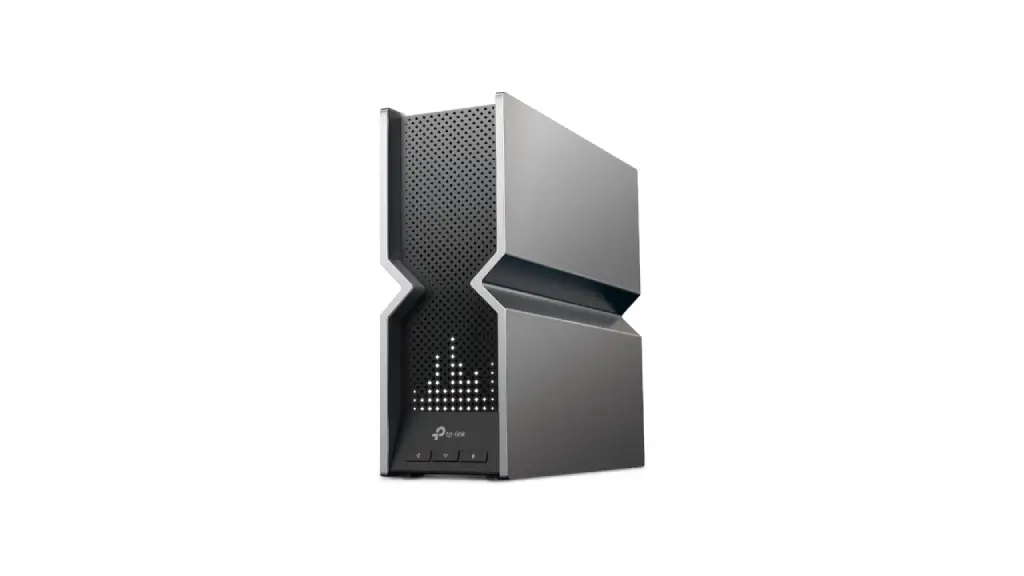
It strikes an excellent balance between cutting-edge features, powerful performance, and user-friendly setup, making it the perfect choice for future-proofing your home network.
Why It’s Our Top Pick:
- Blazing Tri-Band Speed: With combined speeds up to 19 Gbps across the 2.4, 5, and 6 GHz bands, it eliminates bottlenecks for 4K/8K streaming, competitive gaming, and large file transfers.
- True Multi-Gigabit Ports: Equipped with two 10G and four 2.5G ports, it’s ready for the fastest fiber internet plans and high-speed wired devices like a NAS or gaming PC.
- Advanced Wi-Fi 7 Features: It fully utilizes Multi-Link Operation (MLO), allowing devices to connect to multiple bands simultaneously for unparalleled stability and speed.
- Excellent Coverage: Its 8 internal antennas are optimized to deliver a strong, reliable signal throughout a large home, reducing dead zones.
For anyone looking to build the best wireless network possible in 2025 without waiting for Wi-Fi 8 to mature, the Archer BE800 is a fantastic and powerful investment.
Expert Insights: What the Tech Community Is Saying
While the 802.11bn standard is still under development, the direction is clear. Experts and industry leaders are emphasizing a shift in priorities.
IEEE Working Groups: Members involved in drafting the standard have stated that the focus of 802.11bn is on deterministic latency and improving performance for time-sensitive applications—such as augmented reality (AR), industrial automation, and real-time cloud gaming.
Qualcomm & Broadcom: Leading chipmakers are signaling that the future of wireless technology is about coordination. Future chipsets will likely feature integrated AI engines designed to manage spectrum more intelligently, predict interference patterns, and optimize network performance on the fly.
Networking Future Trends: Across the board, there’s growing consensus that the days of focusing solely on raw speed are behind us. The new benchmark is reliability—especially in dense, device-heavy environments. Low latency, seamless handoffs, and performance consistency are now the metrics that matter most.
John Mitchell, a senior wireless systems engineer and contributing analyst, brings over 15 years of experience in network architecture and wireless standards. A frequent collaborator with IEEE task groups and chipset innovators like Qualcomm, he provides forward-looking insights that help shape the industry’s direction. His work is featured in numerous technical journals and whitepapers, bridging the gap between cutting-edge R&D and practical applications.
Real-Life Use Cases: Where Wi-Fi 8 Will Matter Most
What will this new power unlock? Here are some Wi-Fi 8 use cases where the difference will be night and day.
- Gaming: Imagine cloud gaming that feels indistinguishable from a local console, or a wireless VR headset with the graphical fidelity of a high-end PC, all with no perceptible lag.
- Remote Work: A future where a household can have multiple 4K video conferences, large file downloads, and streaming services running simultaneously without a single stutter.
- The Truly Smart Home: A smart home with 50+ devices—lights, locks, cameras, speakers, sensors—all responding instantly and reliably, all the time.
- AR/VR Experiences: Untethered, high-resolution augmented and virtual reality glasses that can overlay digital information onto the real world seamlessly, powered by your local network.
Preparing for the Shift: What You Can Do Now
You don’t need a Wi-Fi 8 router today, but you can prepare your network for the future.
- Assess Your Bottleneck: Is your internet slow because of your router or your ISP plan? Run a speed test connected directly to your modem. If the speed is low, upgrading your internet plan should be your first step.
- Consider a Wi-Fi 7 Upgrade: If you buy a router in 2025, a Wi-Fi 7 model is a solid, future-facing investment. Look for models from reputable brands that promise long-term firmware updates.
- Optimize Your Layout: Even with Wi-Fi 8, physics still applies. For larger homes, a good mesh Wi-Fi system will provide better overall coverage than a single, overpowered router.
- Wire What You Can: For stationary devices like a desktop PC, game console, or smart TV, a wired Ethernet connection is still the gold standard for speed and stability. This frees up wireless bandwidth for your mobile devices.
Conclusion: The Wireless Revolution Is Just Getting Started
Wi-Fi 8 (802.11bn) represents a pivotal moment in the future of wireless technology. It’s a deliberate shift from a “drag race” for peak speed to creating an intelligent, responsive, and incredibly stable network that can handle the demands of our hyper-connected future.
While Wi-Fi 7 is the top choice for today, Wi-Fi 8 is the revolution on the horizon. It will work hand-in-hand with 5G to provide a seamless, powerful, and invisible web of connectivity that powers every aspect of our digital lives.
Stay informed! As the first Wi-Fi 8 routers are announced, the landscape will change quickly. Subscribe to our newsletter for the latest updates, reviews, and buying guides.
Frequently Asked Questions About Wi-Fi 8
What is 802.11bn?
802.11bn is the technical name for the Wi-Fi 8 standard, as designated by the IEEE. It is the direct successor to Wi-Fi 7 (802.11be) and is focused on providing ultra-low latency, high efficiency, and stable performance in device-dense environments.
Is Wi-Fi 8 better than 5G for home internet?
Yes. Wi-Fi 8 is specifically designed for local, indoor networks (your home or office) and will offer significantly higher speeds and lower latency than a 5G home internet connection in that environment. 5G is the better technology for mobile connectivity when you are outside of Wi-Fi range.
Will I need a new router and new devices for Wi-Fi 8?
Yes. To take full advantage of Wi-Fi 8, you will need both a Wi-Fi 8-compatible router and client devices (like a smartphone or laptop) that support the 802.11bn standard. However, all Wi-Fi standards are backward compatible, so your old devices will still be able to connect to a Wi-Fi 8 router, just without the new benefits.
What is Wi-Fi 8?
Wi-Fi 8 is the upcoming wireless standard officially known as IEEE 802.11bn. It is expected to launch commercially around 2026 and will improve speed, reduce latency, and support more connected devices compared to Wi-Fi 7.
What makes Wi-Fi 8 better for gaming and streaming?
Wi-Fi 8 focuses on ultra-low latency, efficient data scheduling, and reduced interference, which means smoother performance in online gaming, 8K streaming, cloud computing, and AR/VR applications.
When will Wi-Fi 8 routers be available?
The first consumer-grade Wi-Fi 8 routers are expected to appear by late 2026 or early 2027. Most devices (smartphones, laptops, etc.) will support the new standard by 2027–2028.

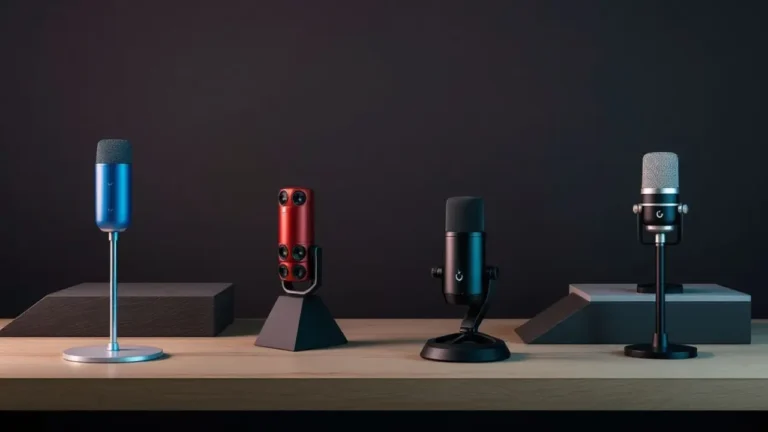


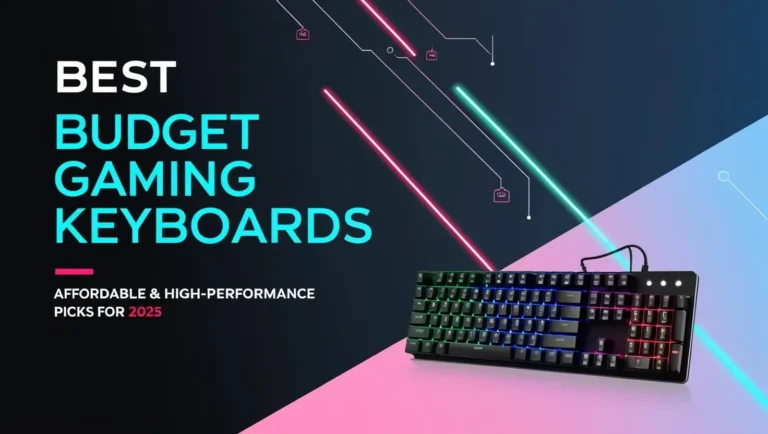
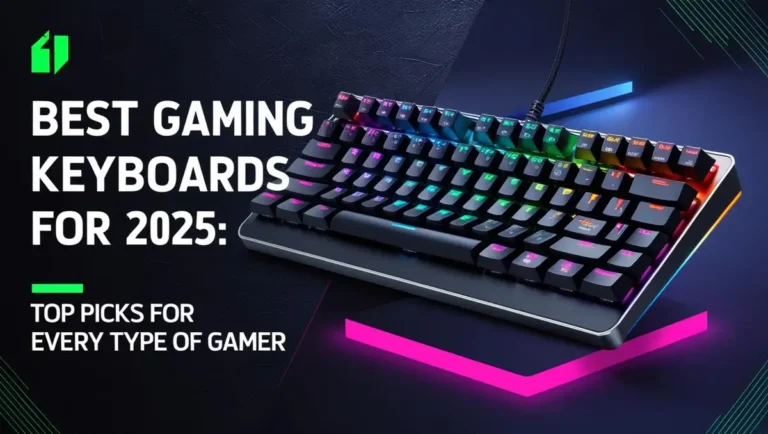
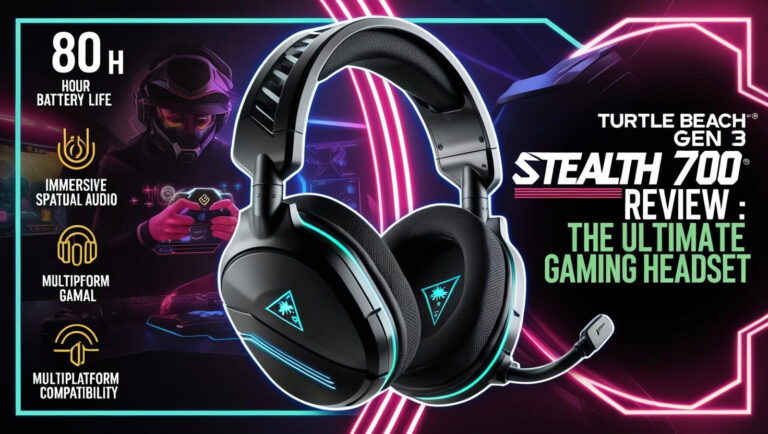
Pretty! This has been a really wonderful post. Many thanks for providing these details.